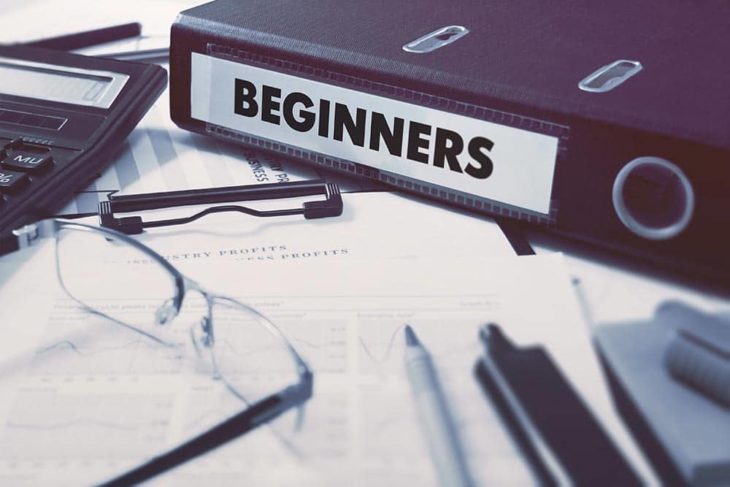It’s 2017, and somehow, you just got the memo that WordPress runs the world. Fortunately for you, it has never been easier for newbies to learn the basics of WordPress design. Since being released in 2003, WordPress has become so much more than just a blogging platform. It’s become an enormous community of developers, designers, support representatives, security experts, web hosts, theme shops, plugins, and much, much, more.
Dive on in, the WordPress Community Is Fine
WordPress was founded as Open Source software because it’s founders believed in creating a platform for users that was accessible, adaptable, and able to be developed further. That spirit of creativity and collaboration has resulted in a rich and diverse community with active contributors from across the globe. From chat rooms to guides and tutorials, learning WordPress for beginners has never been simpler.
3 Common Mistakes WordPress Beginners Make
Most members of the WordPress community have found that engaging is a mutually beneficial experience; as you build your skills and experience, you also contribute to the community that helped teach you. Here are some common mistakes that WordPress beginners make when they first begin using the platform:
Installing WordPress in a sub folder titled… “WordPress”
This is one of the first mistakes many beginning WordPress users make, and it’s easy to see why. To make things easier for users, WordPress’s zip file places all of its core files into a folder called “WordPress.” Beginners will usually make the mistake of just uploading this entire folder using their computer’s File Transfer Protocol instead of uploading the files and folders contained within it, individually.
Because the root of your domain is related to where the files are stored on your computer, this will result in your website being indexed (located) at www.mysite.com/wordpress instead of just www.mysite.com. This is also called your website’s “root.”
As you can imagine, most WordPress designers want the platform to power their website’s root (http://mysite.com) without all of the WordPress’s files cluttering up their root directory. Fortunately, WordPress lets you to install its files into a subdirectory while still having your website served by your website’s root.
Perma-what?
One of the most common mistakes beginners make is neglecting their permalink settings. A permalink is a permanent, static hyperlink for your published pages and posts. When creating a new post, WordPress presents users with the opportunity to change the Permalink from WordPress’s standardized code to something that’s a bit more memorable. The default structure for WordPress’s permalink is /?p=<postid>.
If left unchanged, this code will make your display URL look like this: www.mysite.com/?p=45 instead of the more applicable and timely address of: www.mysite.com/breakingnews/. In the industry, we call these user-friendly URLs, “Clean” semantic URLs.
To Recap:
- Dirty URL (NOT User-friendly: www.mysite.com/?p=45
- Clean URL (User-friendly): www.mysite.com/breakingnews/
Pressing publish too soon
There are few clearer signals that someone is new to WordPress than a site or page that is published before it is complete or optimized. As a general rule, you never want your users to click on a link only to see an incomplete page with “Coming Soon” or “Site Under Construction.” Doing so will alienate your visitors and give the impression that you don’t care about your website, your brand, or your business. Remember, accessibility is key to retaining clients and customers.
Let Mvestor Build Your Site So You Can Build Your Business
As the most used and most Google-friendly Content Management System out there, WordPress is undoubtedly one of the best hosting platforms for your business or brand. At Mvestor Media, we have an entire team of WordPress web experts, designers, and developers ready to help you avoid making design mistakes that could hurt your business.
Our team can help you make sure that your website is helping you build a strong foundation for your business. Connect with us today to talk about how your business’s website design can be made to work for your brand instead of against it.

